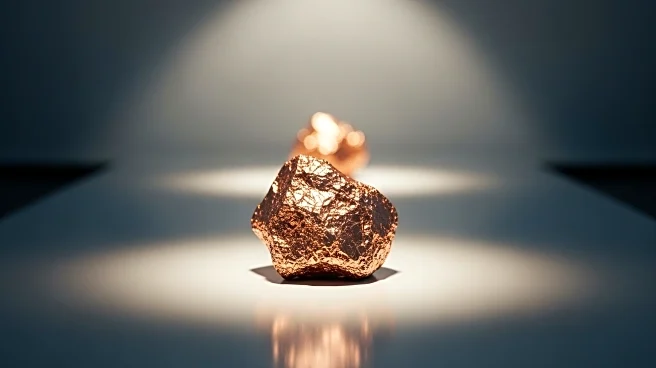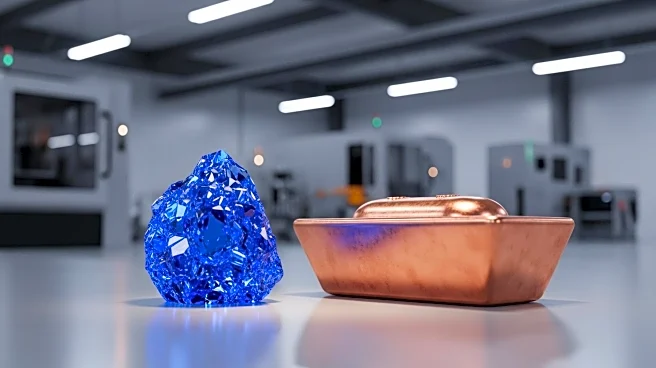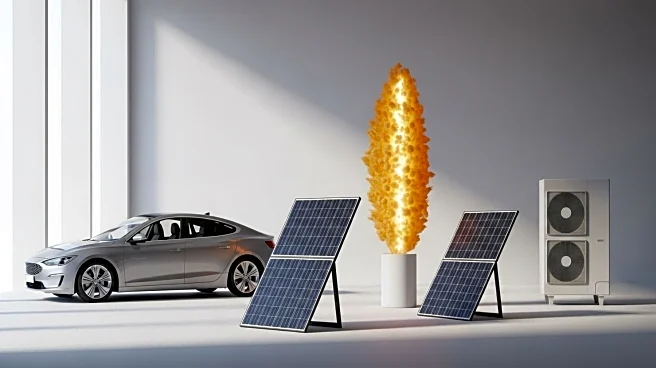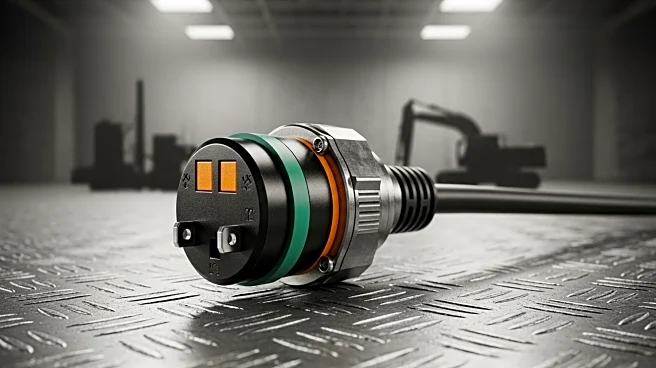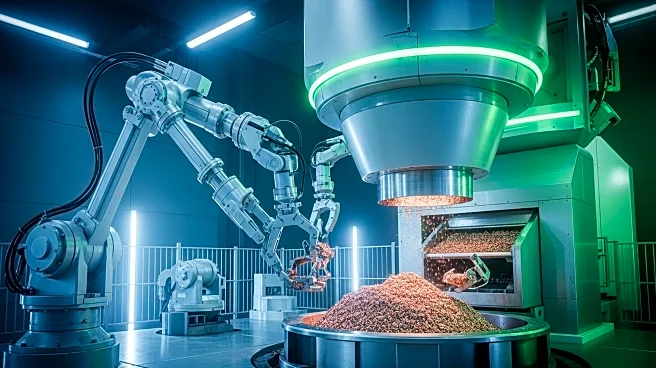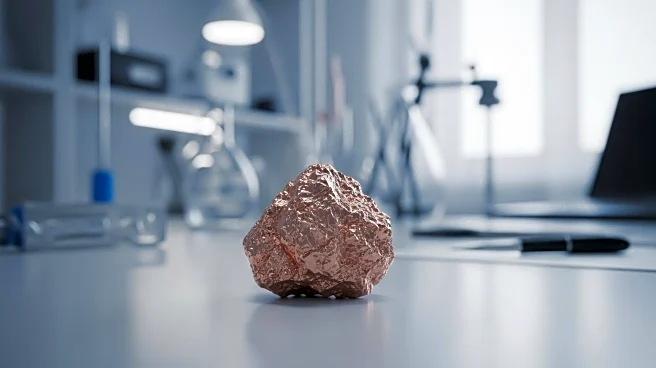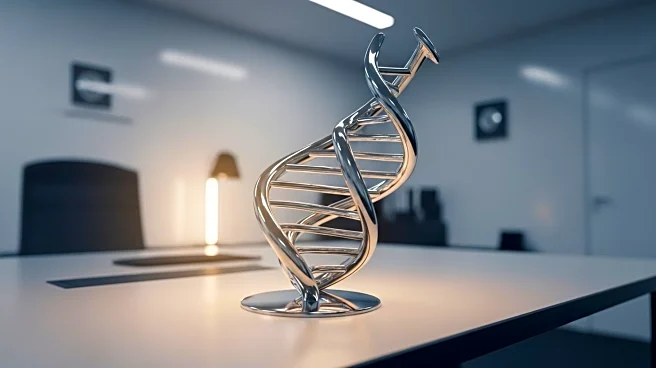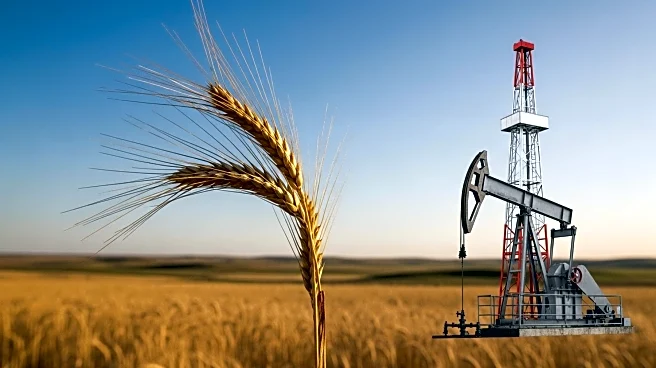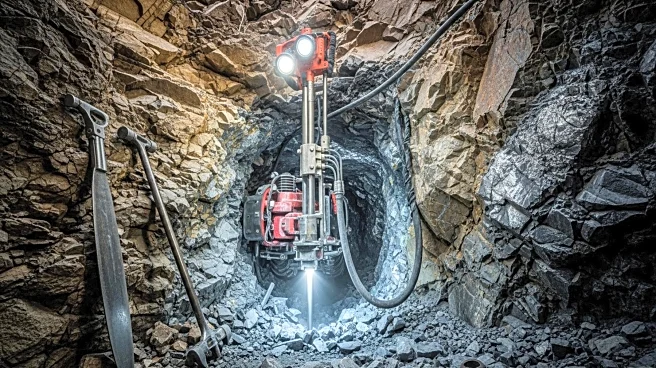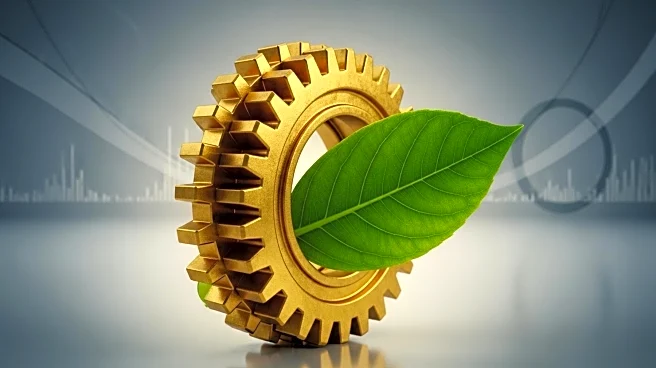What is the story about?
What's Happening?
Coda Minerals, a mining company, has developed a process to significantly improve copper recovery rates from 55% to 95%. This breakthrough, achieved through an ammonium chloride whole ore leaching process, is expected to address the global copper market's supply-demand imbalance driven by electrification trends. Copper, essential for various applications including electrical wires and renewable energy systems, is experiencing rising prices, which could hinder new companies entering the market.
Why It's Important?
The advancement in copper recovery rates by Coda Minerals could have profound implications for the U.S. and global industries reliant on copper. As demand for copper increases due to clean energy transitions, this breakthrough may alleviate supply constraints and reduce costs for manufacturers and consumers. Smaller-scale startup operations could benefit from reduced capital requirements and improved cash flow, potentially fostering innovation and growth in the mining sector.
What's Next?
Coda Minerals plans to move through its pre-feasibility study phase at the Elizabeth Creek Copper Project in South Australia. The successful implementation of this recovery process could lead to widespread adoption in the mining industry, enhancing efficiency and sustainability. Stakeholders, including policymakers and industry leaders, may need to consider the environmental and economic impacts of this development as they plan for future resource management.
Beyond the Headlines
The environmental implications of increased copper recovery rates should be considered, particularly regarding sustainable mining practices and resource conservation. As the industry adapts to new technologies, ethical considerations related to environmental impact and community engagement must be addressed. Long-term shifts in mining practices and resource management may arise, necessitating proactive measures to ensure responsible development.
AI Generated Content
Do you find this article useful?
